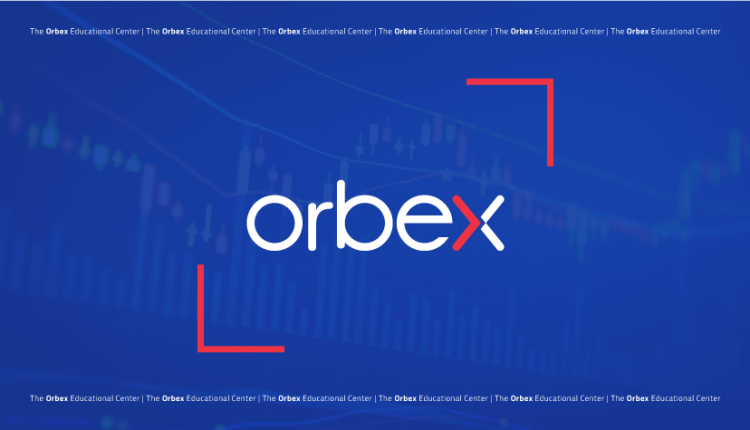How to Set Up Your Own Indicator – the basics

Everyone who has a license knows how to drive a car without needing to know how the engine works. But, those who are really good drivers – more importantly, those who make the most out of their vehicle – typically have a working knowledge of engines and all that other stuff.
Similarly, you can do a fantastic job with indicators, without needing to look under the hood, as it were. But, if you know how the indicators you use are made, it might give you an extra edge when it comes to fine-tuning your strategy and getting your preferred indicators to do the best job.
The similarities
The practical function of an indicator is to find points in the market for you to get in or get out, and this is achieved by looking for certain market conditions. How does an indicator identify that the market is right? By stripping away the noise.
The market produces a lot of data, with sometimes thousands of data bits per minute (buys, sells, price moves, etc.) The simplest form of stripping away the noise is to use a chart, a simple line that represents a market position at a given moment over a period of time.
All indicators sift through the extra information that is not on the chart, in order to look for patterns. The purpose of a pattern is that it is predictable, a bit of order in the chaos, and this increase in predictability is what allows you to enter the market with more chances of getting a good trade.
The tools
Statisticians have developed a series of tools to scan through masses of data, and these are the ones that are used to build indicators. For example, averaging out a series of data over time will give you a trend. Averaging out the low points of the series of data, and comparing it to the average of highs will give you an average range of movement.
These relatively simple tools are combined to form an indicator. Even the most sophisticated indicators are based on different kinds of averages of data and follow the same principle of trying to identify a pattern.
The differences
Of course, not all indicators are the same, and their relative strengths and weaknesses will depend on the statistical tools on which they are based. Some indicators rely on simplicity, and try to strip away as much noise as possible to get to the core data that is actually representative of where the market is going. Others try to include as many data points as possible to reconfirm the assessment and provide more trade signals.
Some people assume that the level of sophistication is an indication of the reliability of a given indicator; that the more complex (and exotic name) it has, the more accurate it will be. But that’s not really how indicators work, and often they are designed for specific purposes, and therefore perform great in some situations and abysmally in others.
The differences between indicators are based primarily on what kind of data they are focusing on and, by extension, excluding. For example, the two big types are Oscillator and Non-bounded; the former tends to look at the price differences, while the latter looks at trends. Indicators that focus on the difference between, for example, the high and low during a trading period, will neglect the midpoint trend, and vice versa.
In the end, when choosing an indicator for what it focuses on, it’s worth remembering that it achieves its focus by ignoring other data. While there is a wide range of indicators and ways to generate signals, they all follow the same basic principles.




